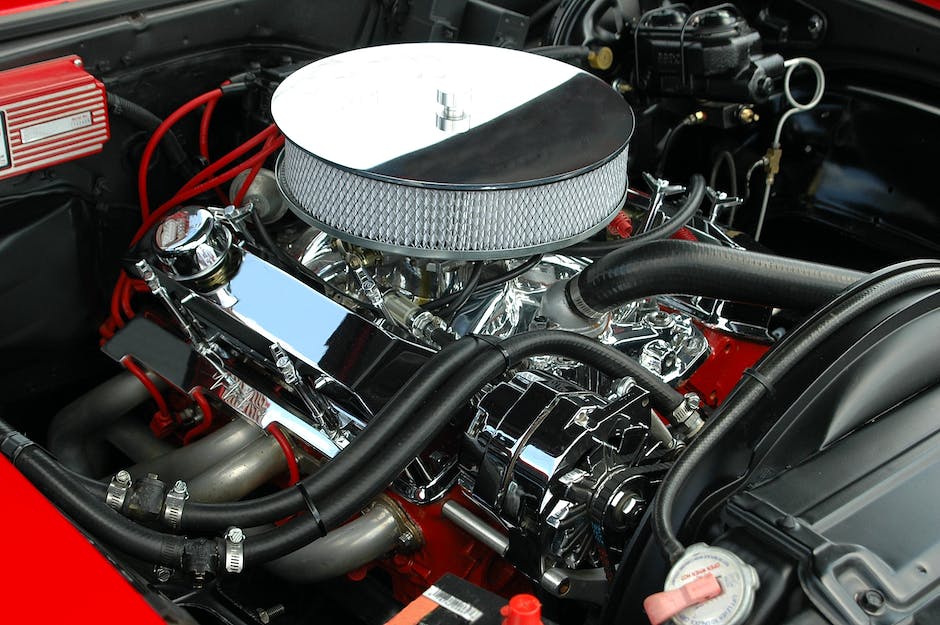Are you struggling with a dead car battery and uncertain about how to replace it? Look no further! In “The Complete Guide to Car Battery Replacement: Everything You Need to Know,” we have gathered all the essential information to help you tackle this task with confidence. From understanding the signs of a dying battery to step-by-step instructions, we’ve got you covered. Let’s find out in detail in the article below. Let’s find out exactly how to replace your car battery, and I’ll tell you exactly what you need to know!
The Signs of a Dying Car Battery
1. Slow Engine Crank
One of the most obvious signs that your car battery is dying is when you notice a slower engine crank. If your engine takes longer to start than usual or if it struggles to turn over, it may be a sign that the battery is losing its charge. This could indicate that the battery is worn out and needs to be replaced.
2. Dim Headlights
If you notice that your headlights are not as bright as they used to be, it is a sign that your car battery is struggling to provide enough power. Dim headlights can indicate that the battery is weak or dying. If you experience this, it is best to have your battery tested and replaced if necessary.
3. Electrical Issues
A dying car battery can also cause various electrical issues in your vehicle. You may notice that your power windows are slower than usual, or that your radio or interior lights are not working properly. These are all indications that your battery is not functioning at its full capacity and may need to be replaced.
How to Replace a Car Battery
1. Gather the Necessary Tools
Before replacing your car battery, make sure you have the following tools on hand:
- Wrench or socket set
- Protective gloves and eyewear
- Wire brush or battery cleaner
- New car battery
2. Safety Precautions
Before starting the replacement process, it is important to take some safety precautions:
- Turn off the ignition and all electrical components in your vehicle.
- Wear protective gloves and eyewear to prevent any accidents.
- Make sure your vehicle is parked on a flat surface and the parking brake is engaged.
3. Locate the Battery
The car battery is typically located under the hood of your vehicle. Refer to your car’s owner’s manual to find the exact location.
4. Disconnect the Battery
Using a wrench or socket set, loosen and remove the negative (black) cable from the battery terminal first. Then, do the same for the positive (red) cable.
5. Remove the Old Battery
Once the cables are detached, carefully lift the old battery out of its tray, making sure not to tilt it or spill any acid.
6. Clean the Battery Tray and Terminals
Use a wire brush or battery cleaner to remove any corrosion or residue from the battery tray and terminals. This will ensure a good connection for the new battery.
7. Install the New Battery
Place the new battery into the tray, ensuring that it is secure. Connect the positive (red) cable to the positive terminal (+) first, and then connect the negative (black) cable to the negative terminal (-).
8. Test the New Battery
Once the new battery is securely installed, turn on the ignition to test if the car starts properly. If the engine starts without any issues, then you have successfully replaced your car battery.
9. Recycle the Old Battery
Properly dispose of your old battery by taking it to a battery recycling center. These centers will ensure that the battery is recycled and disposed of in an environmentally friendly manner.
Conclusion
Replacing a car battery may seem like a daunting task, but by following these step-by-step instructions, you can confidently replace your own battery. Remember to always prioritize safety and wear protective gear throughout the process. If you are unsure or uncomfortable with replacing the battery yourself, it is best to seek professional help.
Additional Information
1. Regular car battery maintenance can help prolong its lifespan and prevent unexpected failures. It is recommended to check the battery’s voltage and clean the terminals regularly.
2. Extreme temperatures can also affect the performance and lifespan of a car battery. Hot weather can cause evaporation of the battery’s electrolyte, while cold weather can reduce the battery’s ability to provide sufficient power.
3. If you frequently make short trips or leave your vehicle parked for extended periods without starting it, the battery may not have enough time to fully recharge and may become depleted more quickly.
4. Certain accessories or electrical modifications in your vehicle, such as high-powered audio systems or aftermarket lights, can put a strain on the battery and potentially lead to premature failure.
5. If you suspect a problem with your car battery, it is recommended to have it tested by a professional. They can determine if the battery needs to be replaced or if there is another underlying issue causing the battery’s poor performance.
